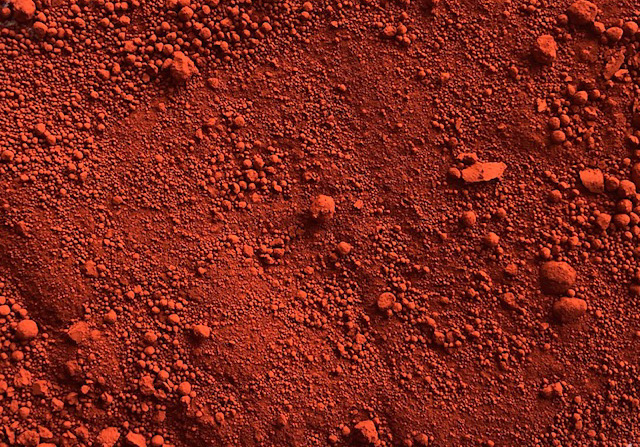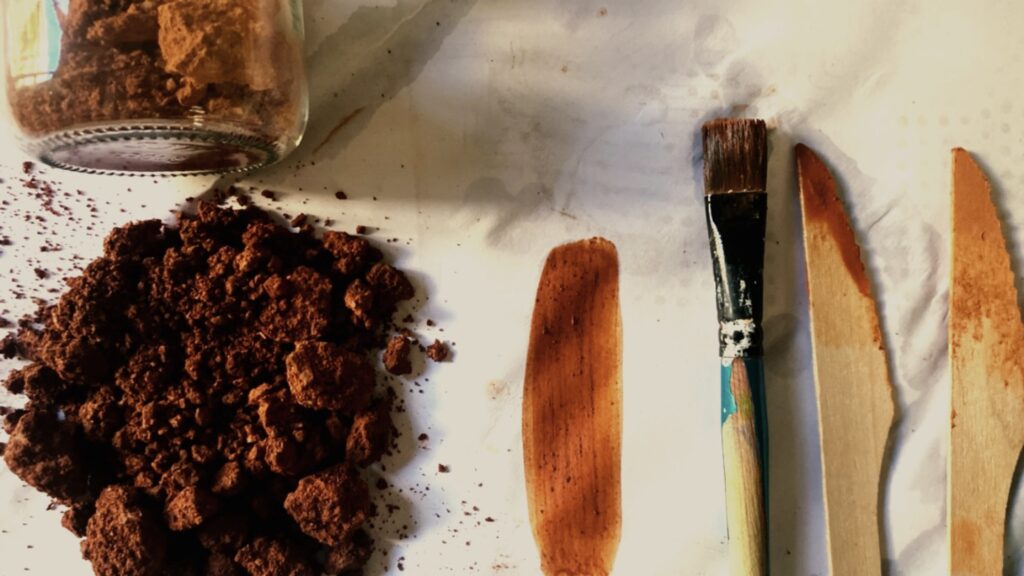
The word miltos in Greek, and its synonym rubrica in Latin, were generic terms for red ochre. Red ochre was not rare, but the type called the miltos of Sinope was well-known in classical antiquity because of its exceptional quality.
It was originally extracted in Cappadocia and traded from the harbor of Sinope, hence its name. However, probably at the end of the second century BC, the main trade route changed, and it was exported through Ephesus following the extension of the city’s catchment inland thanks to the improvement of the road network under Roman rule. Although its exportation presumably stopped at the end of the third century AD, its fame continued, and the name sinopis or sinopia was subsequently given to red ochre of high quality but of various origins.
The aim of this study is to combine the data provided by the ancient texts and the archaeological evidences in light of yoşa, a red pigment still extracted in Cappadocia. It is undoubtedly the same as the miltos of Sinope, and continued in use in the post-Classical period for the wall decorations of the region’s Byzantine churches and later for its dovecotes also. Today it is used by the potters of Avanos for decorating their wares.


External Links